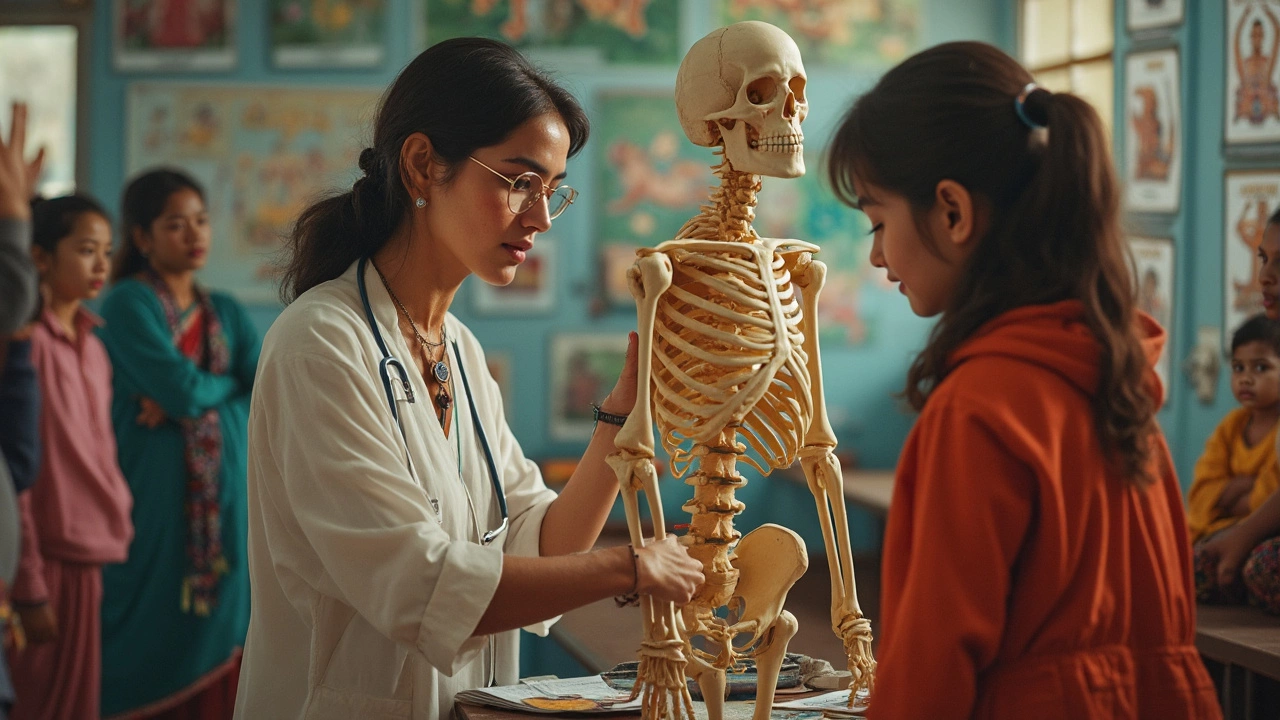Orthopedics: Pain Relief, Recovery, and Natural Movement Solutions
When you think of orthopedics, the branch of medicine focused on bones, joints, muscles, and ligaments. Also known as musculoskeletal care, it’s not just about surgery—it’s about getting you back on your feet without unnecessary pain or long downtime. Whether you’re recovering from a knee replacement, a common procedure to restore mobility after severe joint damage, dealing with post-surgery swelling, or trying to avoid surgery altogether, orthopedics gives you the roadmap. And in India, where access to skilled rehab is growing fast, knowing what really works matters more than ever.
It’s not just about the operation. The surgical safety checklist, a simple but life-saving protocol used in every major hospital before any orthopedic procedure cuts infection risk, prevents wrong-site surgeries, and keeps patients safer. But even the best surgery fails without proper recovery. That’s where physical therapy steps in—not as an afterthought, but as the core of healing. People who stick to their rehab plan after a knee replacement don’t just walk better; they sleep better, feel less anxious, and avoid revision surgeries. Meanwhile, the orthopedic surgery, a category covering everything from spinal fusions to hip repairs is changing. More patients now ask: Can I heal without cutting? Can I delay surgery with movement, diet, or Ayurvedic support? The answers aren’t one-size-fits-all, but the data is clear: movement before and after surgery makes all the difference.
What you’ll find here isn’t theory. It’s real talk from people who’ve been through it—the frustration of knee replacement recovery, the fear after heart surgery that spills over into physical rehab, the quiet wins when swelling finally drops and you take your first unaided step. You’ll see how the surgical checklist saves lives, why some patients regret their knee surgery (and how to avoid it), and how simple habits like protein timing or avoiding harmful herbs can quietly support your bones and joints. This isn’t about pushing pills or fancy machines. It’s about understanding your body, knowing what to expect, and doing the right things at the right time—so you don’t just survive recovery, you thrive after it.
-
14
Ever heard of a bone in your body that just never heals, no matter what? This article goes beyond the myths and explains which bone is the true exception in bone healing. You'll find out what makes this bone special, why it can't repair itself, and if you need to worry about it. Get some practical orthopedic facts and tips so you can keep your bones in top shape.
-
25
Orthopedics is a specialized field focused on the musculoskeletal system, which includes bones, joints, muscles, ligaments, and tendons. Orthopedic doctors diagnose, treat, and prevent conditions like arthritis, fractures, and sports injuries. They use both surgical and non-surgical techniques, often restoring function and improving quality of life. Understanding what orthopedics covers can help individuals seek appropriate care and maintain a healthy, active lifestyle.
-
7
Exploring whether arthritis is visible on an MRI scan, this article delves into the diagnostic process of identifying joint inflammation and damage. It discusses how MRIs provide a detailed look at soft tissues, cartilage, and bone marrow. Additionally, the article highlights common signs doctors look for on MRI images and explains when an MRI is particularly useful for arthritis diagnoses. By understanding these key points, readers can better grasp the role of MRI in arthritis assessment.


